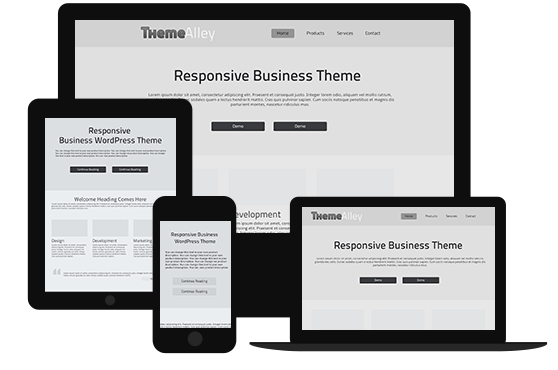For people who work in SEO service world, it is important to make smart link building decisions. One of the ways is by knowing the difference between the good, the bad, and the ugly examples of link building. Only by identifying what is good and what is bad, you can prevent yourself from making such a mistake. In fact, by knowing the difference, we can create a strategy rather than just building links. Here are the three types of links that you need to know.
The Good Links
What is assumed as good links are organic link building which takes time and effort before it can get be more valuable. This kind of links is difficult to replicate. Hence, it will give you a more dominant position in your market. There are several types of links which are considered as good links, such as follow:
- Editorial Links
One of the good examples of link is when somebody with good reputation in your field is inspired by you, your company, your products or your service. Thus, they take initiative to write an article about you and link to your website.
Many companies are struggling to get this review, but few can obtain these links. In fact, this type of links is pretty rare to get, but Google will value it extremely high.
- Guest Blogging
Guest blogging may rank a little below the above examples; they are not be there just for a link but also provide value to their audience. However, you need to be more cautious as Google counts guest posting as a link building tactic. Especially, if you are going away beyond the expectations of value and be extremely conservative in terms of outbound links to your own website. Therefore, to achieve good rank, you need to write something with the intent of building you brand and reaching a larger audience.
- Niche Directories
You may assume that directories will give you nothing, but highly focused niche directories still offer you a valuable source of links. Find many sources of directories focused on your niche, and their SEO value will vary dramatically, but it’s definitely worth looking into. A good directory should be such follow:
– Instead of accepting anyone who is willing to pay the fee, you need to have a vetting process
– Publish valuable content regularly which can be accessed and indexed by search engines
– Prune broken links regularly from members who no longer have an active website.
The Ugly Links
Ugly links are links that don’t produce any contribution to your rank. In the other words, they don’t have much impact on your ranking. All you have is just a waste of time, money, and energy. Therefore, you need to know several kinds of ugly links. Below are kind of ugly links that you should avoid:
- Guest Posting at Scale
Experienced SEO engineers know that article directories is the hot new thing in SEO world. This program is able to submit your article to thousands of these websites at once. Besides, most of these programs are also able to “spin” or modify the content, causing a “unique” article for each submission.
- Links From Non-Relevant Websites
Now, Google are smart enough at identifying the topic of a website. They only need to assign significant weight to links which are relevant. So, don’t waste your time to build link building if it isn’t relevant.\
- Header, Footer, and Sidebar Links
There are certain areas that Google doesn’t give much weight. They include headers, footers, and sidebars. This makes sitewide links become a bad idea unless they are:
– Linking to a relevant sister publication that you own
– Identifying software that runs a website, as you see with most content management, blogging, and e-commerce systems
– Identifying who designed a website
The Bad Links
Bad links are links that will make your site’s rank bad. If you have these kinds of links, you should disavow it as they absolutely cause penalty when you’re inevitably caught. Unfortunately, Google will remember your action as an attempt to unethically manipulate ranking. Below are examples of bad links that you need to avoid.
- Paid Links
Buying links from website owner is a big No, as Google will catch buyer or seller of paid links. This is because it will be easier for Google to follow the breadcrumbs to identify the other buyers and sellers.
- Comment or Forum Spam
Even though, it will be easier to spread links to forum and comment sections of blogs. But, in the other hand, it can destroy your brand by doing this for this is the same with spreading spammy links all over someone else’ website. Besides, you open the risk of a link-based penalty as many website owners are able to report you to Google.
- General Directories
General directories are also one of the potential epitomes that Google will hate. This is because customers can pay them fee. This is because there are bigger risks that they will accept any website except those promoting porn, gambling, or violence. Therefore, it will provide you with lacks of any useful content as it isn’t relevant to your website.



